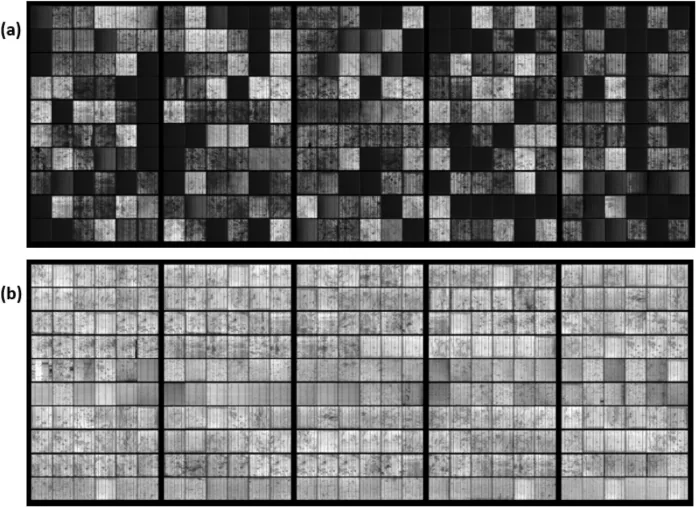PID encompasses a variety of phenomena that have been shown to affect the performance of PV modules in the field. The progression of these effects might vary according on module materials, installation conditions, and other variables, but is typically associated with currents leaking from PV cells into the module frame or other components.
Beginning in 2019, researchers at York University in the United Kingdom evaluated how PID influenced a 1.2 MW PV project in Barcelona, Spain. The study utilised thermal drone imaging to identify PID impacting many module strings inside the project by searching for modules with a higher surface temperature. After one year of operation, the research identified four strings in the project that were influenced by PID and continued to monitor them throughout time.
The results of the study were recently published in Scientific Reports under the title “Field investigation on the severity of photovoltaic potential-induced deterioration.” The team discovered that these strings were first affected by grounding issues in the inverters of the project. Comparing the results of the affected strings to those of a “healthy” string in the same project, the key findings include the fact that even in cases where PID appears to have had little effect on overall system performance, it can cause a sudden drop in performance almost at any time once it appears.
Furthermore, it can grow in a string at any time, thus more regular testing or drone imaging should be conducted to avoid it. The study also found that a “anti-PID” box, fitted to the identified strings after one year of operation, could prevent further PID performance loss and even bring about a degree of recovery, despite the fact that some modules had permanently reduced performance – highlighting the need for early detection of PID mechanisms.
In additional recently published research, scientists led by the University of Tsukuba in Japan conducted an in-depth analysis of one PID mechanism known as “polarisation PID.” Polarization PID is known as the fastest-progressing mode of PID, has been demonstrated in various cell architectures, and has demonstrated resistance to common mitigation techniques, such as switching to a POE encapsulant.
In their newly published research, “Mechanistic Understanding of Polarization-Type Potential-Induced Degradation in Crystalline-Silicon Photovoltaic Cell Modules,” the group proposes a model for polarisation PID processes and describes two distinguishing characteristics.
“The following two characteristics were particularly important: the direction of the bias that causes deterioration is not necessarily negative.” It depends on the surface doping,” noted the experts. “In addition, polarization-type PID is significantly quicker than other PID kinds. It saturates in a relatively short period of time. Consistent with the defining characteristics, a model must be constructed.”
The researchers applied their “K-Center” model to several cases, demonstrating that it properly explains various PID effects. With future improvements, they anticipate that it will be a helpful tool for understanding and managing performance losses resulting from polarized PID.





